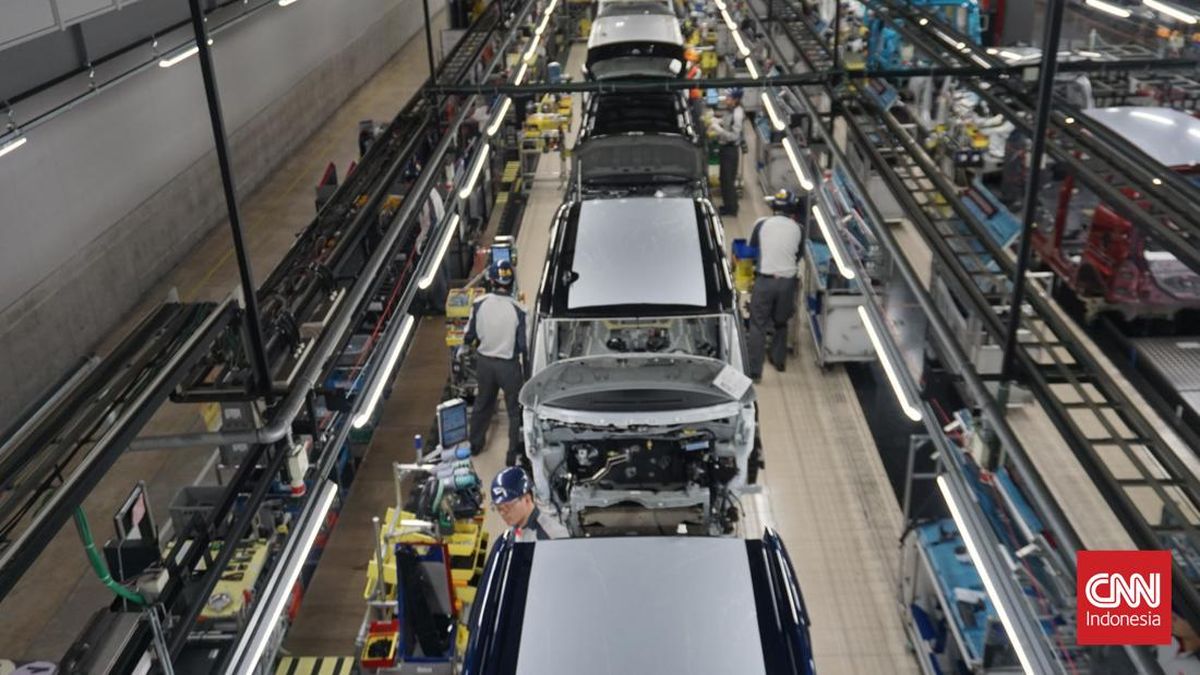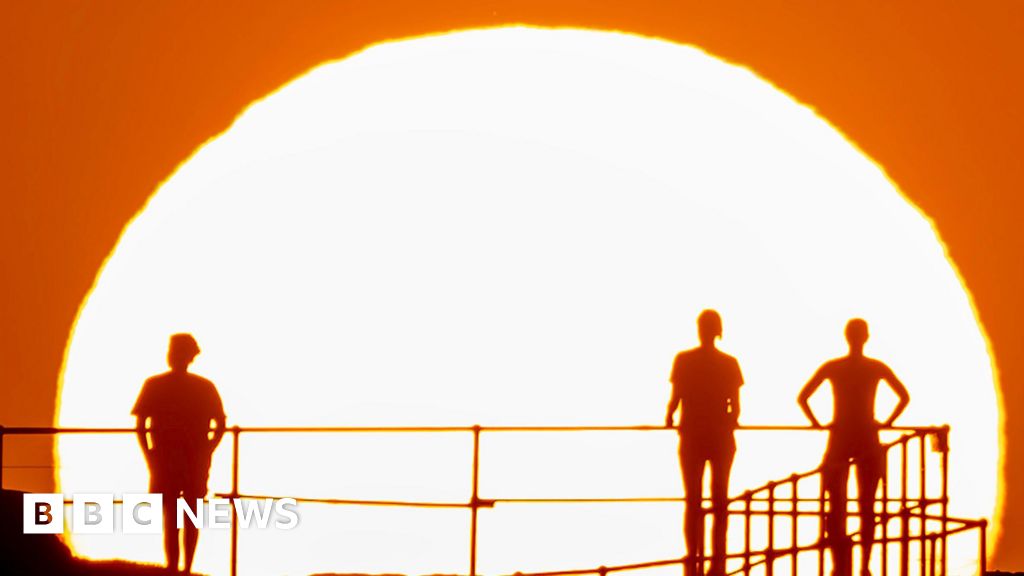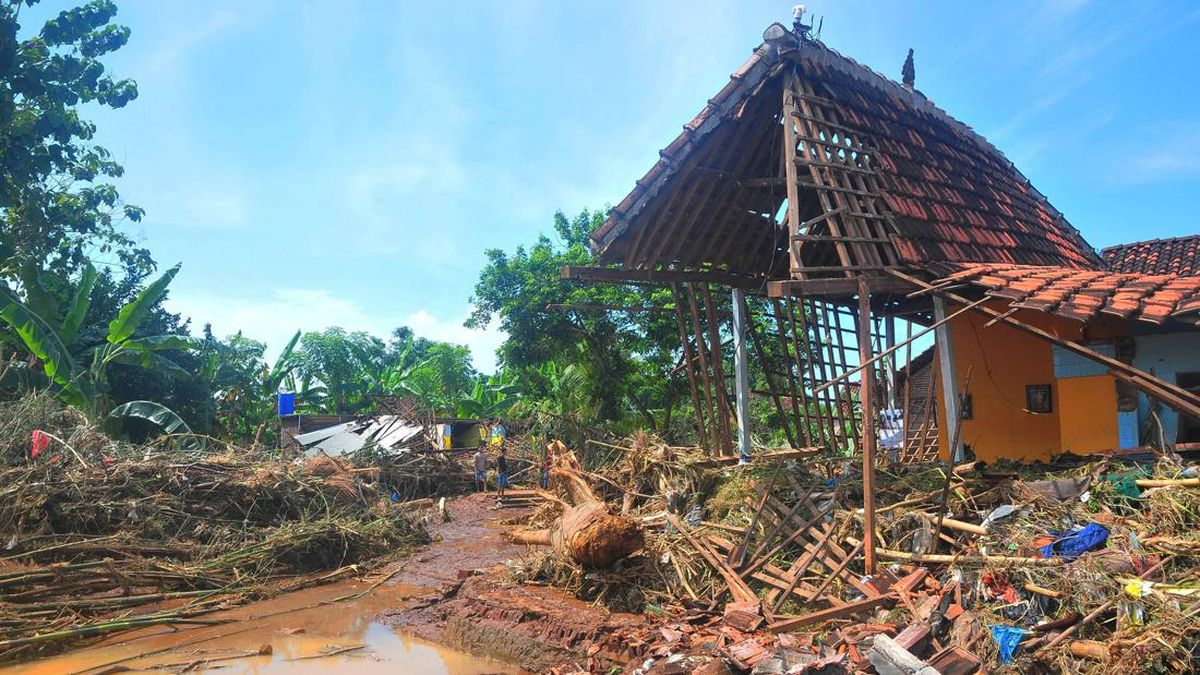It is currently nearing midnight in Jamaica, with the turn of the new day expected to bring with it the arrival of Melissa.
Melissa’s wind-span is currently larger than the length of Jamaica, with airports sitting very close to sea level.
Hours after ordering mandatory evacuations for parts of southern Jamaica, including the historic town of Port Royal, Prime Minister Andrew Holness called on foreign support and warned of damage to farmlands, homes and infrastructure such as bridges, roads, ports and airports.

People in Jamaica stock up on groceries ahead of the storm.Credit: AP
Despite warnings, some residents said they were reluctant to leave their homes for fear of looting, and authorities said buses were waiting to be filled up and transport some 28,000 affected by mandatory evacuation orders.
“There is no infrastructure in the region that can withstand a Category 5,” he said.
Holness said his government was as prepared as can be, with an emergency response budget of $33 million and insurance and credit provisions for damage a little larger than those sustained from last year’s devastating Hurricane Beryl.

Hurricane Melissa has intensified into a Category 5 storm as it approaches Jamaica, according to the National Hurricane Centre.Credit: Getty Images
Beryl was the earliest and fastest Atlantic hurricane on record to reach Category 5, but scientists warn that storms are becoming stronger faster as a result of climate change warming ocean waters, piling up fuel for seasonal storms.
“Tens of thousands of families are facing hours of extreme wind gusts above 100 mph and days of relentless, torrential rainfall,” said AccuWeather chief meteorologist Jonathan Porter, adding infrastructure damages could hamper the arrival of aid.
“Slow-moving major hurricanes often go down in history as some of the deadliest and most destructive storms on record,” he added. “This is a dire situation unfolding in slow motion.”
Reuters


















































